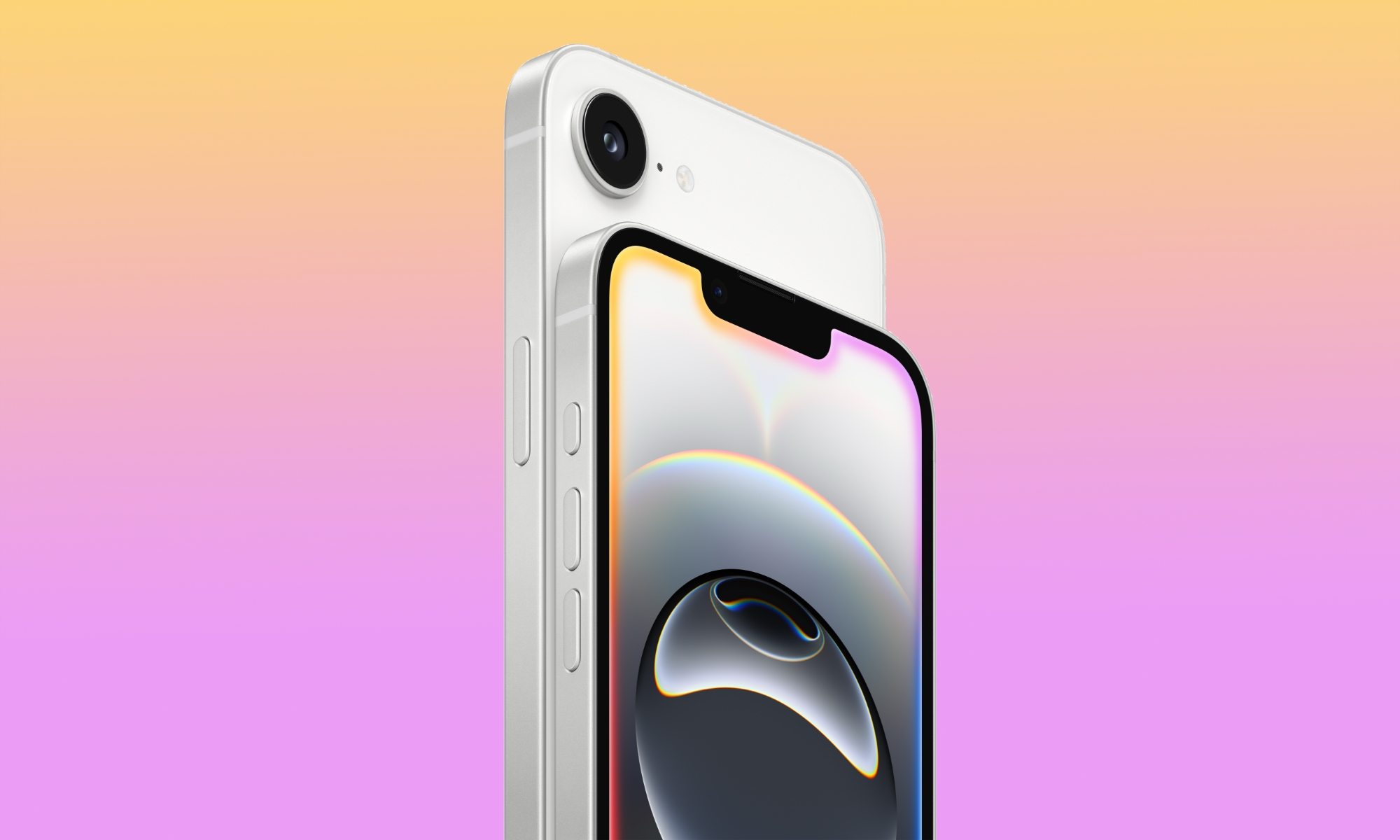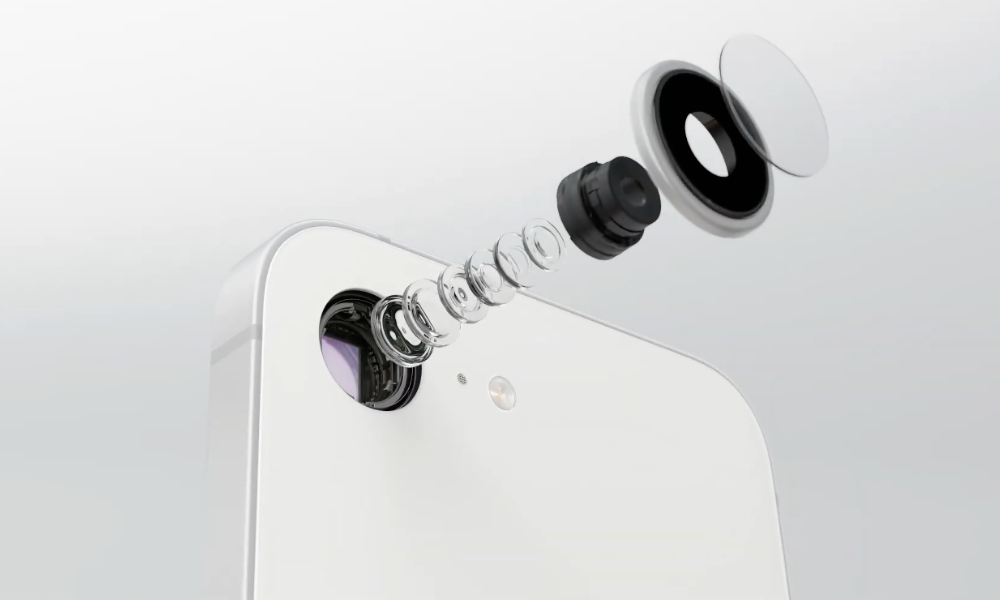iPhone 16e vs. iPhone 15: Which One Should You Get?
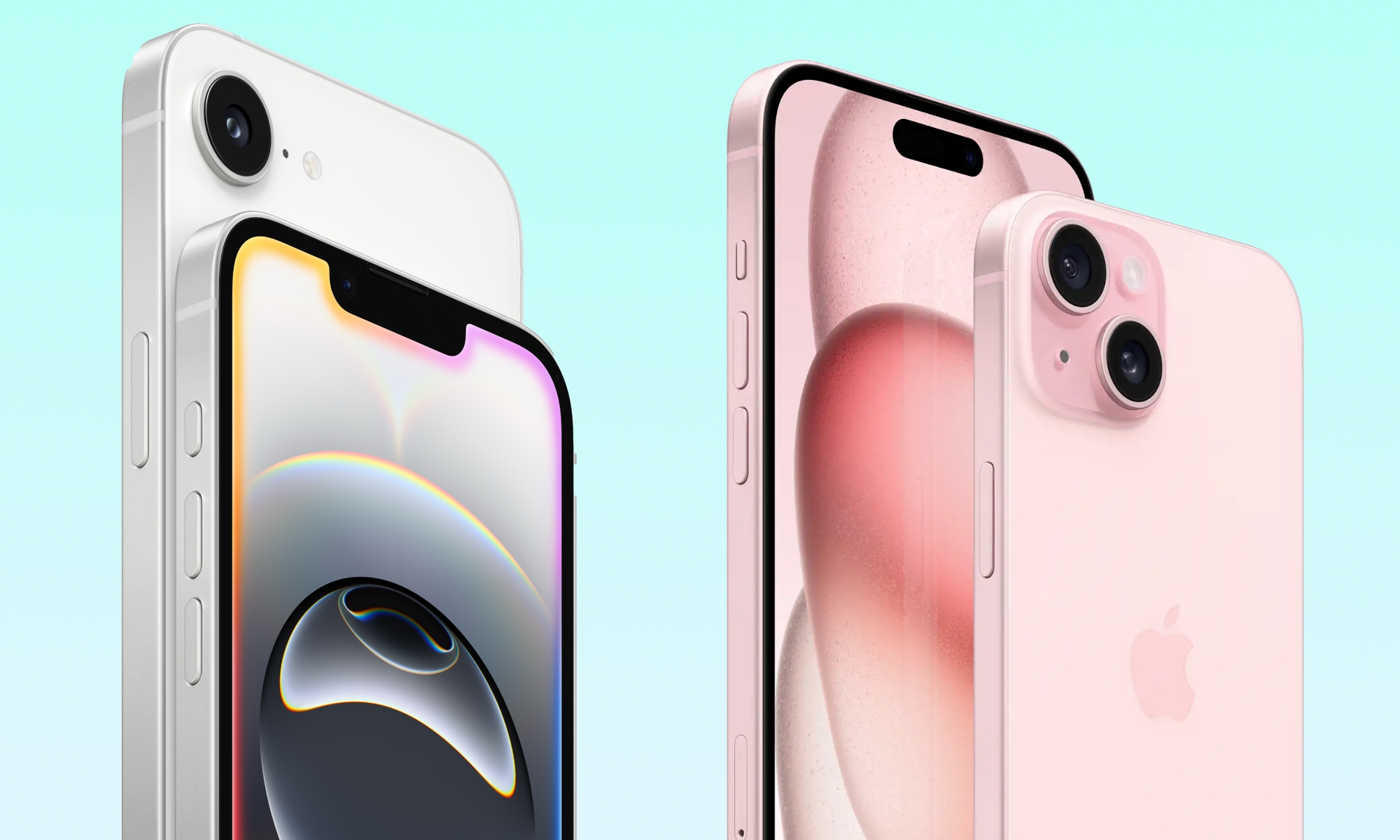
Toggle Dark Mode
A little over two weeks ago, Apple surprised us with the new iPhone SE — with an even bigger surprise that it isn’t called iPhone SE anymore. Apple upgraded its budget-friendly iPhone and turned it into the iPhone 16e.
This new “budget-friendly” iPhone is bigger and more powerful than any previous iPhone SE. Unfortunately, it’s also more expensive than before.
Now, the iPhone 16e starts at $599. That’s over $100 more than the previous model, and the same price Apple sold the 2022 iPhone 14 for until recently. That clearly isn’t as budget-friendly anymore, and it’s almost as expensive as the iPhone 15, which Apple still sells for $699 — only $100 more.
This slight price difference raises the question of whether you should buy the iPhone 16e or the iPhone 15. Here’s everything you need to know about both iPhones.
iPhone 16e vs. iPhone 15: Design
Even though the iPhone 16e and the iPhone 15 share many similarities in the design department, there are some key differences that might make you choose one over the other.
For starters, let’s talk about the most significant change: the notch. While Apple finally got rid of the notch on the main iPhones, the iPhone 16e is still rocking that notch that all iPhone fans love to hate. We’ll talk more about the display in a moment, but this change means you’ll have an older style screen with the cheaper model.
Another change you’ll notice right away is the camera system on the back. The iPhone 15 features a dual camera system, whereas the iPhone 16e only has a single camera. It’s a good camera, but a single camera still isn’t enough for many people.
One thing the iPhone 16e has going for it is the Action button on the left side. This button replaced the ring/silent switch on the iPhone 15 Pro, but not the standard iPhone 15. It allows users to customize it to do pretty much anything. You can use it to mute your iPhone, turn on your flashlight, or trigger a specific shortcut.
Last but not least, the iPhone 15 has something that the iPhone 16e lacks: colors. The iPhone 15 comes in five finishes, including blue, pink, yellow, green, and black. The iPhone 16e, on the other hand, only comes in two: black and white. If you want more variety, the iPhone 15 is the better option.
iPhone 16e vs. iPhone 15: Display
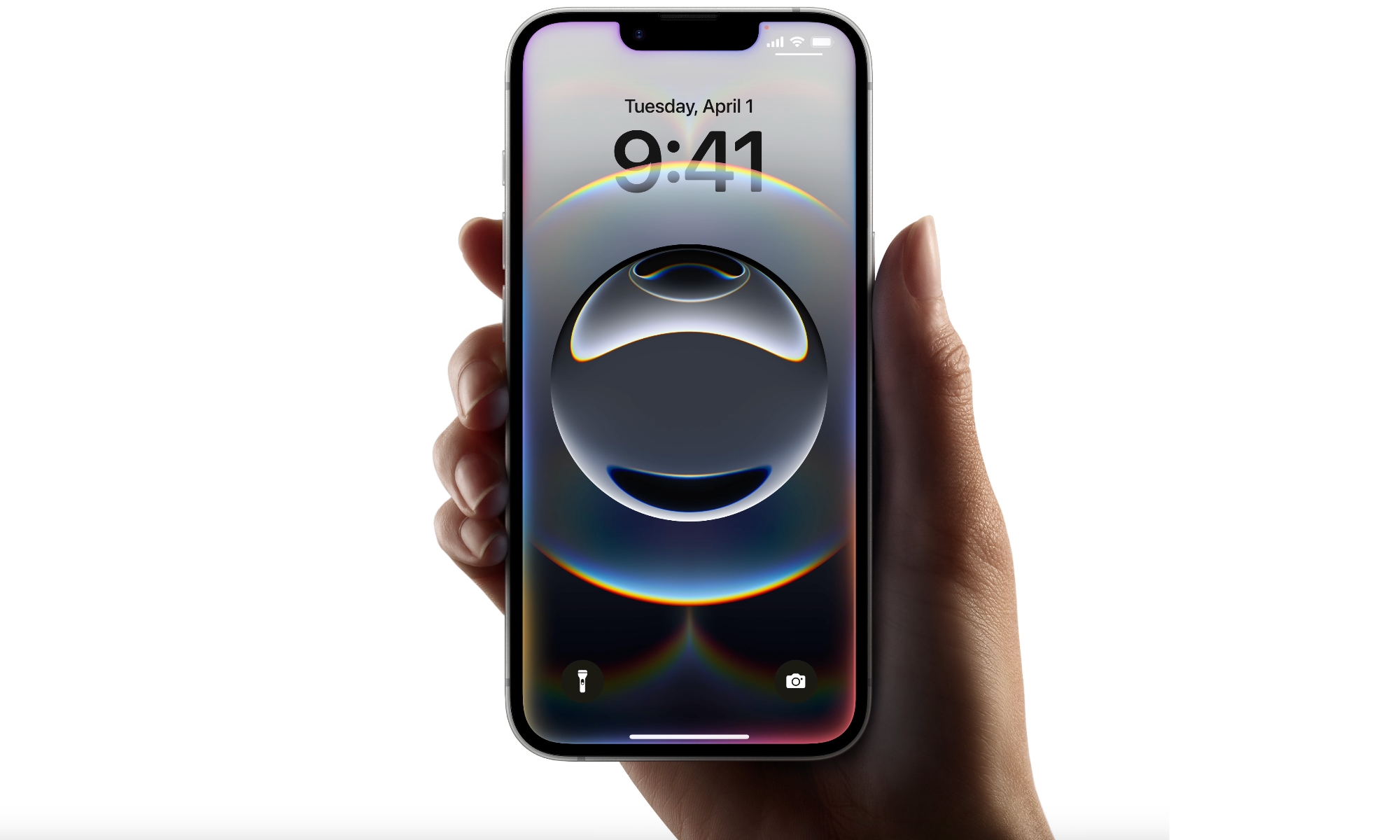
The good news for the iPhone 16e is that the display quality on the more affordable iPhone is mostly the same as on the iPhone 15 (and identical to the iPhone 14 from before it).
Both devices feature a 6.1-inch Super Retina XDR display, which means they have the same quality. Unfortunately, neither of these devices features ProMotion, which means they still have a 60Hz refresh rate. Apple still considers a higher refresh screen a “pro” feature.
As we mentioned, the iPhone 16e still has a notch, which takes up more room at the top of the display. More importantly, you won’t have any of the extra features the iPhone 15’s Dynamic Island has. That means you won’t be able to see app animations in real time or get shortcuts to apps running in the background, like Spotify or Maps.
Granted, if you haven’t had an iPhone with a Dynamic Island, this won’t be a deal breaker, but for those of us who have used it, it will make a difference.
Besides that, the display has another difference, albeit it might be too small for anyone to notice. The iPhone 16e’s max brightness is 800 nits, whereas the iPhone 15’s max brightness is 1,000 nits, and it can go up to 2,000 nits while you’re outdoors.
Again, it’s not a significant change, but if you’re outside all the time, you might have a more challenging time using an iPhone 16e than an iPhone 15.
iPhone 16e vs. iPhone 15: Specs
The inside of your iPhone is just as important as the outside, and the iPhone 16e beats the iPhone 15 here.
The iPhone 16e features the powerful A18 chip, which is virtually the same one you’ll find on the regular iPhone 16. It brings up to 30% faster performance compared to the iPhone 15. Additionally, the iPhone 16e comes with 8 GB of RAM.
On the other hand, the iPhone 15 comes with the older A16 Bionic chip, which is a year older than the iPhone itself, as Apple introduced it with the iPhone 14 Pro and iPhone 14 Pro Max. The iPhone 15 also comes with only 6 GB of RAM.
Both iPhones have 128 GB of storage capacity, and are available in higher capacities of up to 512 GB.
As you can see, the iPhone 16e is more powerful than the iPhone 15, as you would expect from a newer device. However, Apple Intelligence is another reason Apple upgraded the internals of the iPhone 16e. To support Apple’s latest AI technology, an iPhone must have at least 8 GB of RAM and a newer chip.
This means the iPhone 15 can’t use any of the new Apple Intelligence features. Whether you like Apple Intelligence or not, there’s no doubt that this new technology is here to stay. If you want your iPhone to be more future-proof, the iPhone 16e will be your only choice out of the two devices.
iPhone 16e vs. iPhone 15: Camera
As we mentioned before, the iPhone 16e has a single camera system on the back, which limits the quality of pictures it can take.
The iPhone 16e has a two-in-one primary camera system with a 48-megapixel (MP) sensor and optical image stabilization. The iPhone 15, on the other hand, comes with a primary 48 MP camera and a 12 MP Ultra Wide. It also comes with sensor-shift optical image stabilization, which, in simple terms, is slightly better at reducing the camera shake when taking a photo or video.
Both iPhones share some of the best camera features like Night Mode and Deep Fusion. Not only that, but at the front, both devices come with the same 12 MP TrueDepth front-facing camera.
iPhone 16e vs. iPhone 15: Battery Life
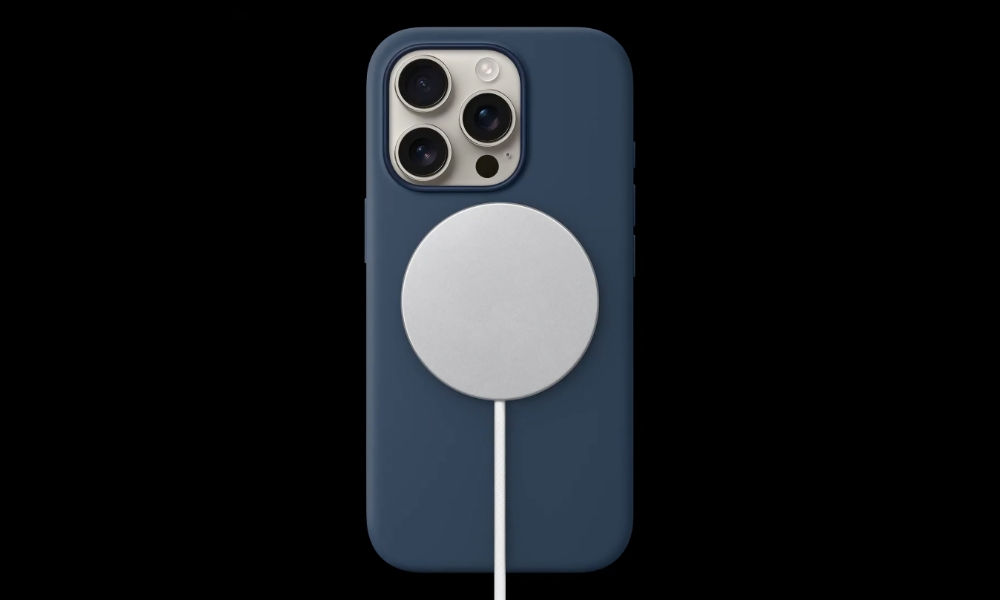
As you can expect from a newer device, the iPhone 16e has a larger battery and improved battery life.
Even though Apple hasn’t revealed the actual size of its batteries, the iPhone 15 reportedly has a 3,349 mAh battery. The iPhone 16e, on the other hand, is reported to have a 3,961 mAh battery, which is even larger than the battery life on the regular iPhone 16.
According to Apple, the iPhone 16e can last up to 26 hours of video playback, while the iPhone 15 can only last 20 hours.
Both devices can go from 0% to 50% in just 30 minutes, so long as you have a 20W charger.
However, the biggest downside of the iPhone 16e is that it doesn’t support MagSafe. If you already have a MagSafe charger or other MagSafe accessories, you won’t be able to use them with the more affordable iPhone unless you spring for a MagSafe case. However, you’ll have to say goodbye to faster wireless charging either way, as the iPhone 16e only supports standard 7.5W Qi charging, even if you attach it to a MagSafe charger with a case.
iPhone 16e vs. iPhone 15: Make the Right Choice
So, which iPhone should you go for? Of course, there’s no one-size-fits-all answer; it will depend on what you want and need.
If you want your iPhone to be capable of using Apple Intelligence and have a device that will support all of the newer features the iPhone has in store for us in the near future, then the iPhone 16e is the best option.
Not only is it more affordable, but it also comes with many things that make the iPhone 16 great.
On the other hand, if you don’t care for Apple Intelligence and want an iPhone with all the features the main iPhones have, especially if you have MagSafe accessories, then the iPhone 15 might be your best choice. This iPhone will still last for many more years, and you can choose different colors to make your iPhone feel unique.
Last but not least, if you are a super casual user and just want a new iPhone, then the iPhone 16e is the best choice for most people. Generally speaking, you’ll get a better bang for your buck unless you can find the iPhone 15 at a better price.


